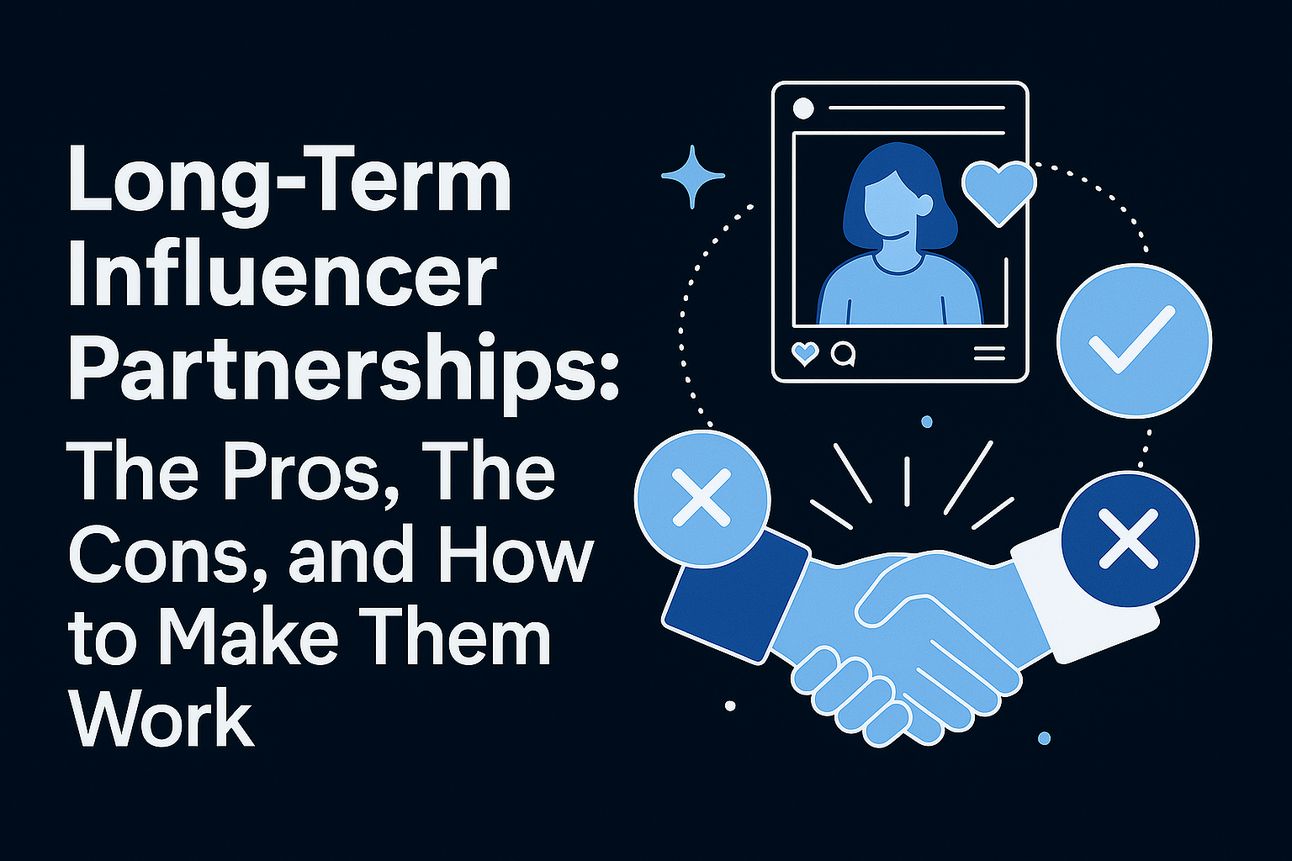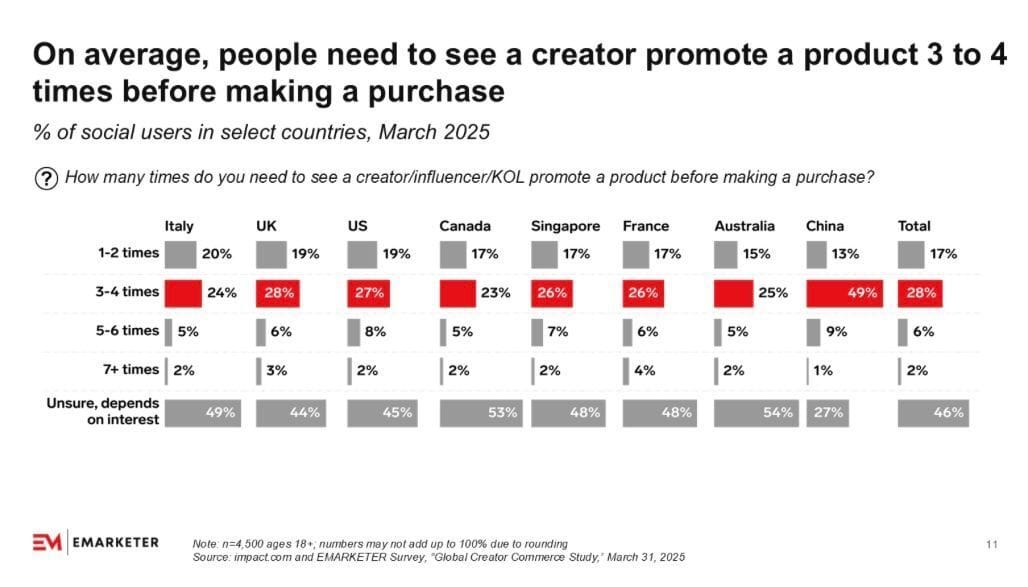Long-Term Influencer Partnerships: The Pros, The Cons, and How to Make Them Work

This edition is exclusive to paid supporters. If you’re already supporting, thank you so much! If you’re enjoying the free content, consider upgrading to get full access to this piece and other exclusive strategies and insights, including why (and how) brands should treat creators as a distinct consumer segment.
Any conversation around influencer marketing, whether it's a conference session, webinar, client pitch, or even a casual chat, typically brings up the topic of long-term partnerships. It’s a topic that resurfaces every year, framed as a trend or a prediction.
And in many ways, it’s treated as a universal truth: long-term partnerships are the best way for creators and brands to work together. Generally, that is true. But what’s often left out of the conversation are the potential downfalls. Is that because they don’t exist? Of course not.
Since long-term partnerships are a major component of influencer marketing today, in this piece, I’ll dive into the pros, the cons, and how brands should think about long-term partnerships beyond the typical “creator posts X times over a period of time” setup.
The Upside of Long-Term Partnerships
Collaborating beyond a one-off campaign benefits creators and brands by giving both sides time to understand each other’s goals, workflow, and preferences.
Creators, through repeated exposure, gain a deeper understanding of the brand: its messaging, desired content, tone, and even the specific priorities of the individuals they’re working with, such as influencer marketing managers or agency reps. This can typically lead to more aligned, higher-quality content.
Brands also see benefits in efficiency and cost. Offering creators a guaranteed scope of work and consistent payment over time can often yield more cost-effective rates.
For creators, it removes the constant pressure to secure new deals. On the brand side, long-term partnerships streamline sourcing and negotiations, two of the most time-consuming aspects of influencer marketing. With creators already locked in, brands can move quickly on short-turnaround activations and capitalize on real-time trends or cultural moments.
More time together also enables deeper brand integration. Creators can support different types of campaigns, experiment with multiple content formats, and even collaborate on product development or go-to-market strategy.
Long-term deals often include some level of exclusivity, which prevents creators from working with competitors. Even without formal exclusivity, creators are less likely to take on conflicting partnerships if they’re already aligned with your brand. That matters because a greater share of voice helps your brand stay top of mind, builds trust, and drives impact across the entire funnel.

EMARKETER
And for brands focused on lower-funnel results like clicks, leads, and sales, long-term engagement is critical. According to eMarketer, consumers typically need to see a creator promote a product 3 to 4 times before making a purchase. If one of your goals is to drive conversions, but your influencer strategy relies solely on one-off engagements, you’re setting yourself up for failure.
The Downside of Long-Term Partnerships
But let’s talk about what doesn’t get discussed as much: the downsides.
Content fatigue is a big risk in long-term partnerships. While familiarity can breed alignment, it can also lead to repetition. Creators may fall into a formulaic rhythm, leading audiences to tune out. It’s like seeing the same ad on your social feed for weeks. At first, it’s fine, but by the fifth or sixth time, it becomes annoying. The same applies to branded content, no matter how organic it once felt.
Long-term partnerships can also create tunnel vision for brands. When the focus is heavily on existing creator relationships, brands may miss out on discovering new voices and expanding their network. This limits diversity in messaging and creative ideas, which can slow innovation and reduce audience reach over time.
Upgrade to a Paid Membership to Unlock the Rest
Become a paying subscriber to access this post, along with other exclusive content and perks.
UpgradeA subscription gets you:
- Bonus Newsletters & Resources: In-depth, actionable insights on influencer marketing, social media, and content creation. plus deep dives into emerging trends.
- Personalized Q&A: Submit your questions and get tailored, audio-recorded answers—personalized micro-consulting for your biggest challenges.

